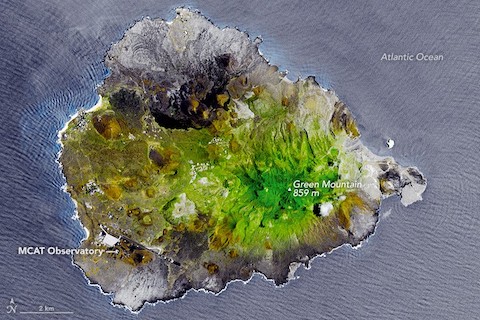
In 1836, Charles Darwin and his colleague Joseph Hooker visited Ascension Island, really just a barren pile of volcanic basalt topped by an old cinder cone, ironically named Green Mountain.
There were very few plants, but some soldiers had successfully grown a vegetable garden in the volcanic soil. This gave Hooker a crazy idea. He contacted his father, the director of the botanical garden in London, and persuaded him to send plants.
Hooker and Darwin believed that if they could establish a thriving plant colony on the island, it would trap water and self-perpetuate.
By 1850, the Royal Navy had brought dozens of species from Europe, Argentina and South Africa. Just 20 years later, Hooker and Darwin were proved correct. The plants thrived and still do today.
Near the coast there are now grasses, shrubs and mesquite. Higher up the slope, cactus and acacia trees grow in the increasing moisture.
Above 2000 feet, the island becomes a misty cloud forest of ferns, eucalyptus, bamboo and evergreens, with food crops like fruit trees, coffee and ginger.
A water catchment system built long ago is no longer needed since the island makes its own wet microclimate.
Green Mountain is now in fact green—a signal that similar efforts, in places with the right potential for rainfall, could regreen other barren landscapes—maybe even on other planets!
Background
Synopsis: In 1501, Portuguese explorer João da Nova discovered a bleak volcanic island in the middle of the South Atlantic on Ascension Day and named it Ascension Island. In 1843, Charles Darwin visited this basaltic exposure along what we now know is the Mid Atlantic Rift System. Darwin and his friend Joseph Hooker launched an experiment in 1847 to transform the island into a garden by importing trees and shrubs to change the environment of the island. The experiment was an amazing success, producing a cloud forest that inspires scientists to further explore the idea of terraforming on Earth and other planets, like Mars.
- In 1501, Portuguese explorer João da Nova stumbled upon a tiny barren island in the middle of the Atlantic Ocean on Ascension Day and named it Ascension Island.
- From the fifteenth to eighteenth centuries, European seafarers, especially those from Portugal, explored regions around the globe during the Age of Discovery.
- Ascension Day celebrates the Christian belief of the ascension of Jesus into heaven on the 40th day after Easter Sunday. In 2022, it occurs on Thursday May 26th.
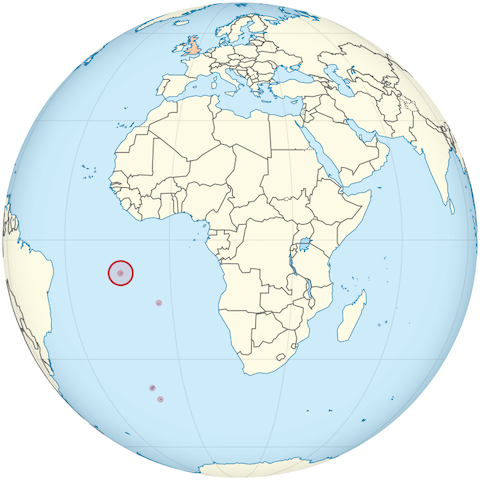
- In 1836, Charles Darwin visited Ascension Island near the end of his famous voyage on the HMS Beagle, describing a bare rocky coastline and a cinder of an island.
- The island occurs along the Mid Atlantic Rift System, the huge tectonic spreading center that bisects the Atlantic Ocean.
- It consists almost entirely of basalt, a dark fine-grained volcanic rock that crystallizes from molten lava on the surface and forms mounds of cinder cone, also called clinker.
- A Royal Navy base had been established there in 1815 when Napoleon was exiled to nearby St. Helena Island.
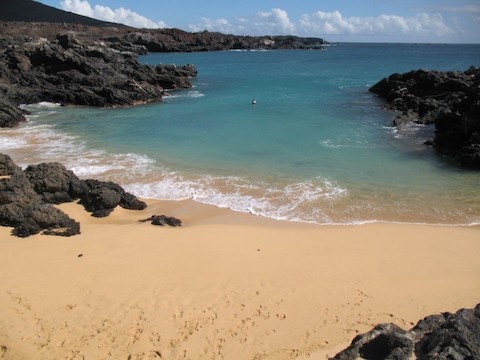
- The highest point on the Island is ironically called Green Mountain, rising 2,817 ft (859 m) above the sea.
- During Darwin’s first visit, the mountain was black and treeless with just a few straggling ferns and grasses.
- British soldiers stationed on the island had successfully grown a vegetable garden in the volcanic soil on Green Mountain, but their crops were limited by a lack of fresh water sources on the dry island.
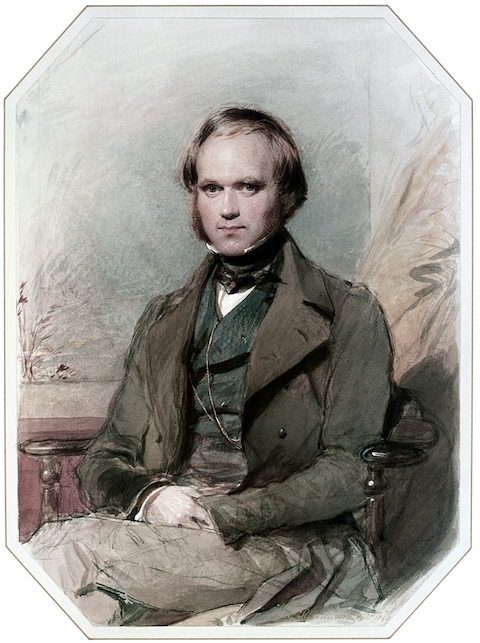
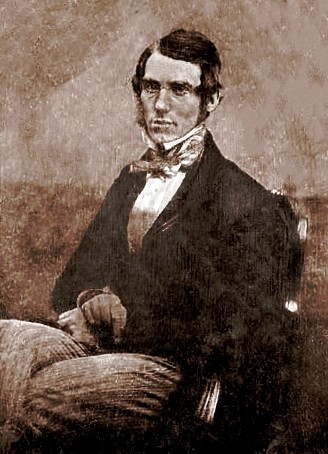
- Darwin’s closest friend Joseph Hooker was a botanist who visited Ascension Island in 1843 as part of a trip to Antarctica. Together they conspired to create an artificial ecosystem and turn Green Mountain…green.
- In 1847, Joseph Dalton Hooker persuaded the Royal Navy to ship trees and bushes to Ascension Island from London’s Kew Gardens, where his father was director.
- This grand experiment was based on the idea that if forests were established on the mountain they would trap moisture, increase rainfall, and enrich the soil that would retain fresh water. The improved health of the mountain environment would ultimately enhance the botanical health of the whole island.
- The Royal Navy and Kew Gardens started sending plants to the Island from Europe, Argentina and South Africa in 1850.
- It worked! By the late 1870s, the island Eden was flourishing, and it’s still thriving today.
- At the base of the mountain, the dry environment now supports grasses, shrubs and mesquite.
- From about 1,100–2,000 ft (330–600 m) prickly pear and acacia grow in the increasing moisture.
- Above 2,000 ft (600 m), the island becomes a misty cloud forest with plentiful ferns, eucalyptus, juniper, bamboo, yew and pine trees and food crops like bananas, ginger, coffee, fig and raspberry.
- The mountaintop is 12.5oF (7oC) cooler than the coast.
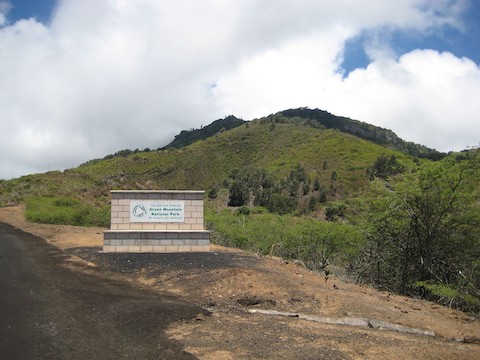
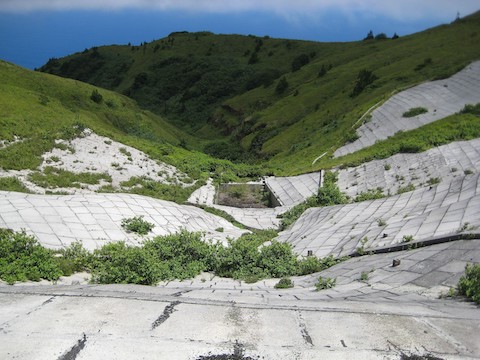
- Typically, ecosystems form over millions of years through coevolution, but this artificial patchwork ecosystem was cobbled together using plants from different continents by Britain’s Royal Navy in just 20 years, and it remains an oasis 150 years later.
- In addition to proving the ecosystem-regulating capability of plants, this genius Victorian experiment demonstrates that humans can create self-sustaining functional ecosystems that persist for decades if not centuries on Earth.
- Greening this landscape suggests that we may be able to repair damage to existing ecosystems on Earth.
- Terraforming (Earth-shaping) is the idea that other celestial bodies could be transformed to attain an Earth-like environment that could support Earthly life forms.
- Space scientists have developed an interest in Darwin and Hooker’s audacious experiment.

